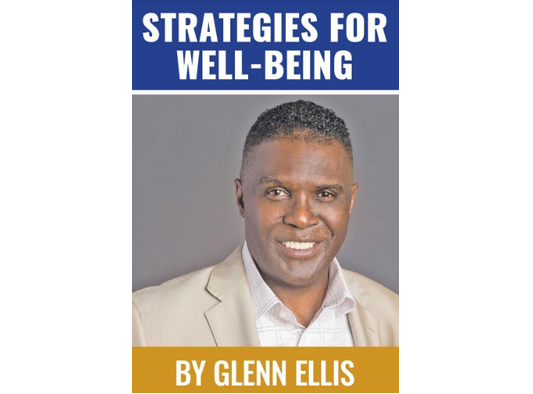By Glenn Ellis
When you witness a medical emergency — in your own home or out in public — what can you do to help? Most of us have no idea what to do about ICE.
I’m not talking about the cold kind in your freezer nor am I talking about the folks from Immigration.
ICE stands for “In Case of Emergency”!
Each year, more than 130 million visits are made to hospital emergency rooms following a medical emergency. Nearly two thirds of the patients who experienced Emergency Room death died due to cardiac arrest, were unconscious, or dead on arrival. Sadly, many of these deaths were avoidable with proper emergency medical treatment before arriving at the hospital.
During an emergency, you don’t want to spend time Googling the nearest ER. Instead, look up the information ahead of time (like, right now) and keep your local hospital’s address and phone number posted on your fridge and in your cell phone so you don’t waste precious minutes searching for it. While you’re at it, take note of poison control’s number.
Another important bit of info you don’t want to scramble to find if you need emergency medical services: your doctors’ phone numbers. Keep them posted on your refrigerator as well as in your cell phone contacts for family, friends, EMTs, and the emergency room doctors who may need to call your physician. Any information that can assist medical providers in determining your clinical condition, risks, and potential treatments is very helpful.
As a medical emergency unfolds, it’s not always obvious whether you should drive yourself to the hospital or call an ambulance. If someone is experiencing chest pain, shortness of breath, significant bleeding, significant pain, dizziness, visual disturbances, weakness, or palpitations, then calling for emergency medical services is the best option. Don’t wait until an emergency health condition has progressed before calling an ambulance.
If someone cuts themselves badly, the first things you want to do are find out exactly where the blood is coming from and assess how badly the cut is bleeding. It’s no longer recommended that you elevate the bleeding limb. It’s more important to put strong, direct pressure on the wound (which is hard to do if it’s raised). If possible, put the area that’s bleeding on a hard surface and use the palm of your hand to apply heavy, direct pressure to the wound.
If you have chest discomfort, shortness of breath or are concerned you may be having a heart attack, call 9-1-1 and take aspirin. The drug prevents clots, which, in turn, can clog arteries and deprive the heart of oxygen. If you’re having a heart attack, you can take an adult strength aspirin or two to four baby aspirin.
Which reminds me: having a list of current medications including dose and instructions is very important, and that includes both prescription and over-the-counter drugs and supplements that you take regularly. As long as it is easy to read and placed in an easy-to-find spot, such as next to your identification card in your wallet, the information can be obtained by medical providers.
Medical emergencies can be frightening, especially if you are unprepared. Being familiar with first aid instructions can help you prevent or minimize serious injury. It can even save lives.
And let’s not forget about medical emergencies in schools. Many schools lack a licensed health care professional on site to respond to individual student medical emergencies. Children and adults might experience medical emergency situations because of injuries, complications of chronic health conditions, or unexpected major illnesses that occur in schools.
Injuries are the leading cause of death and disability in the United States, especially among children, with 70 percent of injury deaths occurring in school-aged youth (5 -19 years of age). It is estimated that 10 percent to 25 percent of injuries to children occur while they are in school. In addition to injury-related emergencies, asthma, diabetic crises, sudden cardiac attack, and other medical emergencies can occur in students and staff at school. The prevalence of children with special health care needs attending schools means that there now exists a pool of students with a broad range of medical conditions that may require special equipment, preparation and training of personnel, medications and supplies, and/or transport decisions and arrangements.
Hopefully you never have to use it but considering that sudden cardiac arrest is the leading cause of adult death in the U.S. and that most of these incidents happen at home, knowing how to perform CPR is crucial. The American Red Cross offers certification classes on adult and pediatric CPR as well as automatic external defibrillators (AED). To find a CPR and AED class near you or to sign up for an online-only lesson, check out the American Red Cross’s website.
Knowing what to do will give you the confidence to act calmly and quickly. Being well-trained and well-equipped can make you better able to take charge of an emergency while waiting for an ambulance to arrive.
Glenn Ellis, is Research Bioethics Fellow at Harvard Medical School and author of Which Doctor?, and Information is the Best Medicine. Ellis is an active media contributor on Health Equity and Medical Ethics.
Listen to Glenn, on radio in Birmingham or V94.9, Sundays at 7:50 p.m., or visit: www.glennellis.com.




